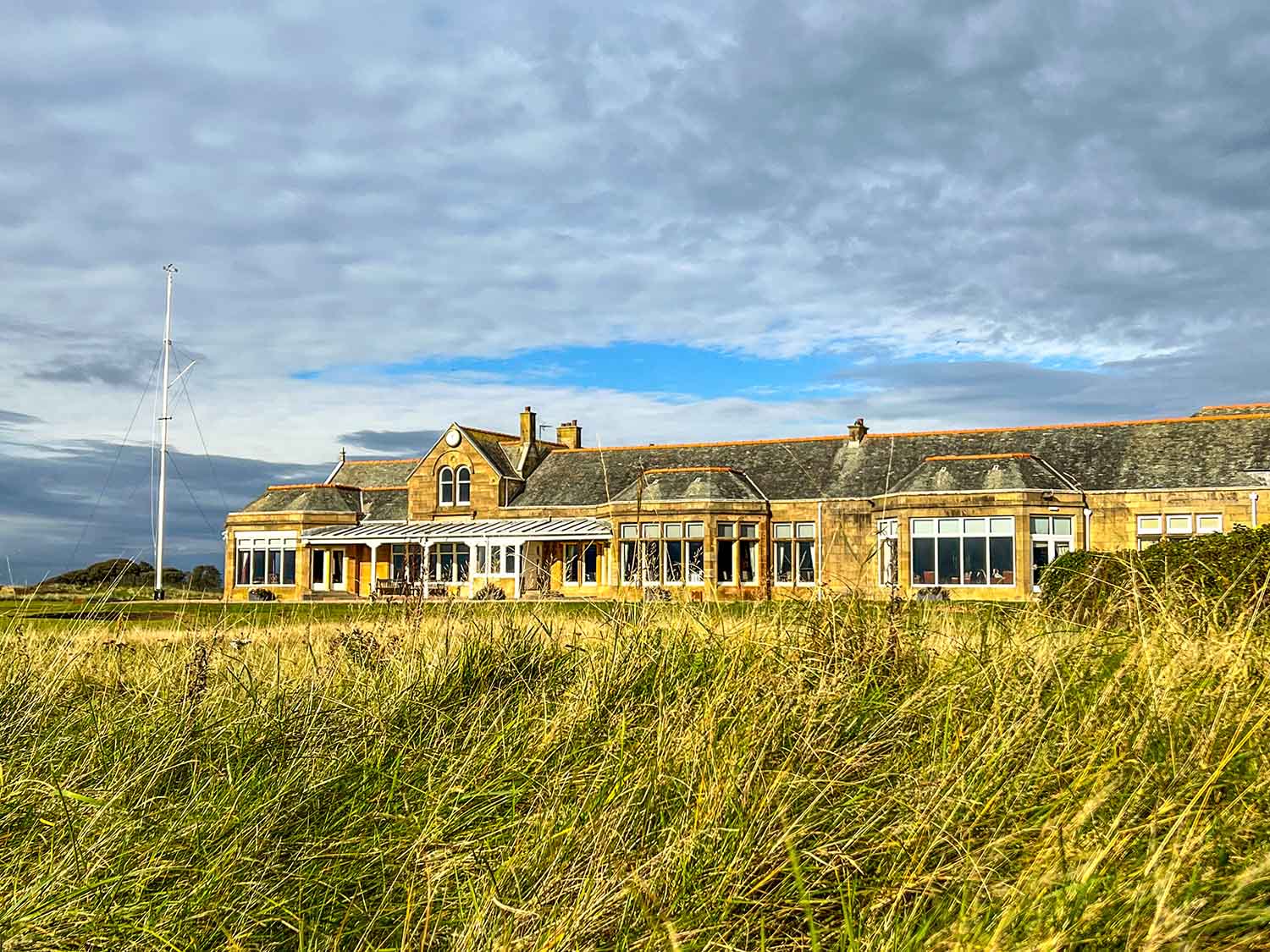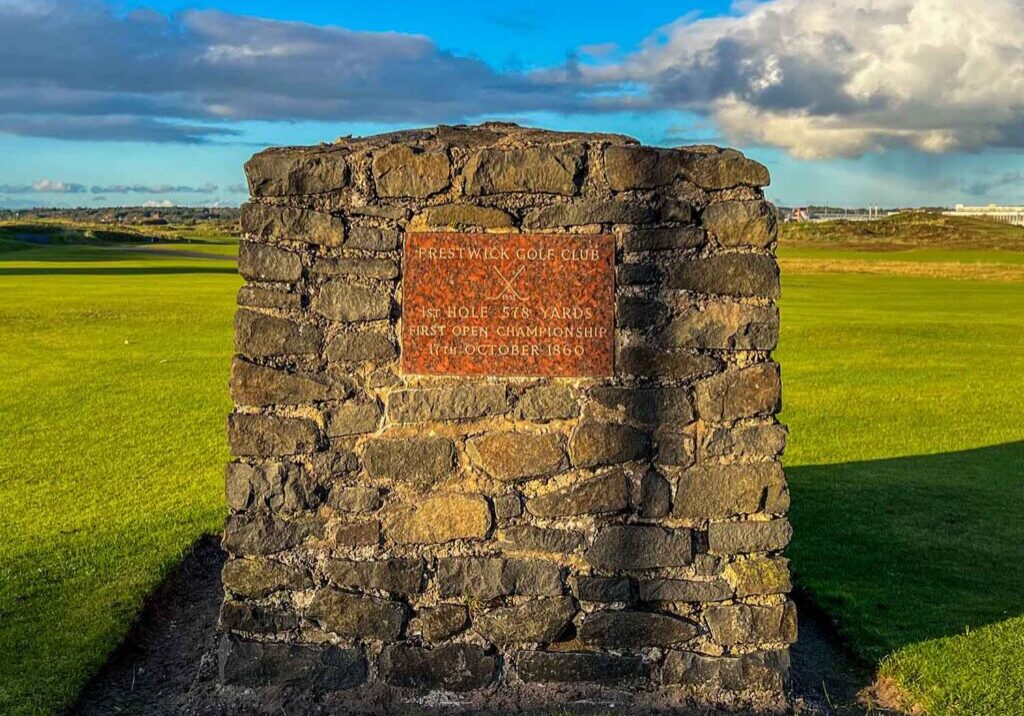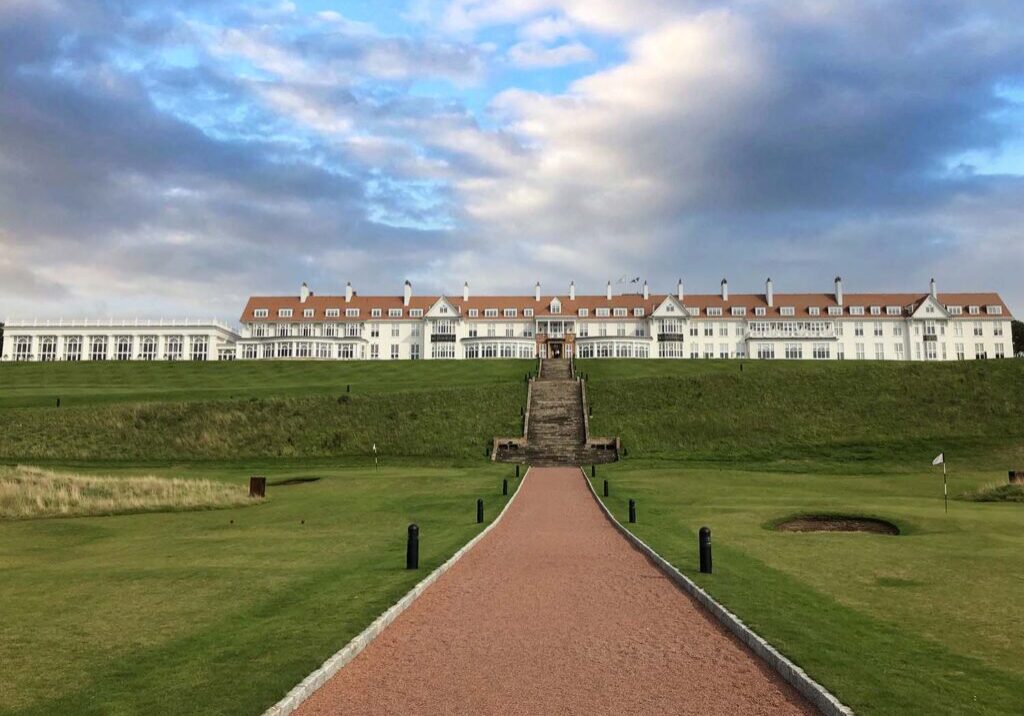
Royal Troon
Course Guide
- Club Founded: 1878
- Par 71
- 6641 Yards
- Designers: George Strath, Willie Fernie, James Braid
- GOLF Top 100 Ranking: #66
- Pro Tip: Keep left of the tracks on #11
Nearby Courses
Course Description
The Troon Golf Club was formed in 1878 after a lively meeting of golf enthusiasts at a pub in the nearby Portland Arms Hotel. Like most links courses in Great Britain & Ireland, its design is owed to the combined efforts of a number of individuals. For example, the club’s first head professional, George Strath, extended the original course to a full 18 holes. His work formed much of the layout as it is played today, but it was the contributions of his successor - Willie Fernie - who provided Troon’s most renowned holes. There were a few additional tweaks in the 1920’s by five-time Open champion, James Braid, but very little has changed since.
The club was granted its Royal patronage in 1978 by Queen Elizabeth II, the first - and only - course in Great Britain given the distinction during her reign. As a nine time host of The Open, Royal Troon has carried on the championship reigns of the Ayrshire coast that began next door at Prestwick. Arnold Palmer won his second Claret Jug here, Tom Watson took home his fourth. After a string of one hit major wonders - Calcavecchia, Leonard, and Hamilton - no one was happier to see the 2016 duel between Henrik Stenson and Phil Mickelson play out than the good folks at Royal Troon.
Royal Troon - Home of the Postage Stamp
Like the champions who have achieved glory here, the course at Royal Troon is a mixed bag of stern, yet relatively featureless, holes paired with a few outstanding highlights along the way. After a rather gentle opening, we arrive to one of the most famous holes in the world of golf. It also happens to be the shortest hole played in The Open - the famed Postage Stamp. This devilish par-3 can wreck the best of scorecards, although not that anyone told Gene Sarazen. In the 1973 Open, he made an ace in the first round at the age of 71. Just for good measure, he followed that up the next day by holing out for a deuce from a greenside bunker. Not bad for a guy who played in the first Open at Troon some 50 years earlier.
Ahead on the 11th, we find another of the memorable holes at Troon - the fierce par-4 known as “Railway.” The fairway here is hidden off the tee and tucked between a row of impenetrable gorse and the railway line which, of course, is out of bounds. It will be no surprise that the 11th has consistently played as the most difficult on the course when The Open comes to Royal Troon. It also marks the beginning of the inward slog against the prevailing wind, which is often simply endured rather than enjoyed.
Simply put, Royal Troon is something of a paradox. The course is a brilliant test for awarding the Claret Jug, but the lack of exhilarating holes and scenic vistas sometimes leaves the rest of us underwhelmed. And yet, to miss the history here, say nothing of the infamous Postage Stamp, would be a great disservice to the traveling golfer.
Ready to Experience Royal Troon and the West Coast of Scotland?

Download Your Complete Guide to The Home of Golf
The Complete Guide to
Scotland Golf Travel
What's covered in this free 40+ page guide:
- The best regions for golf in Scotland.
- Old Course at St. Andrews tee times.
- Where to enjoy the Good Life between rounds.
- Lesser known courses you should play.
Plus links to over 50 additional guides and resources.
By downloading up you agree to receive marketing communications from Haversham & Baker and have read our privacy policy.
Learn More About Royal Troon and West Coast Golf Trips
Discover More of Golf at its Finest with H&B




















